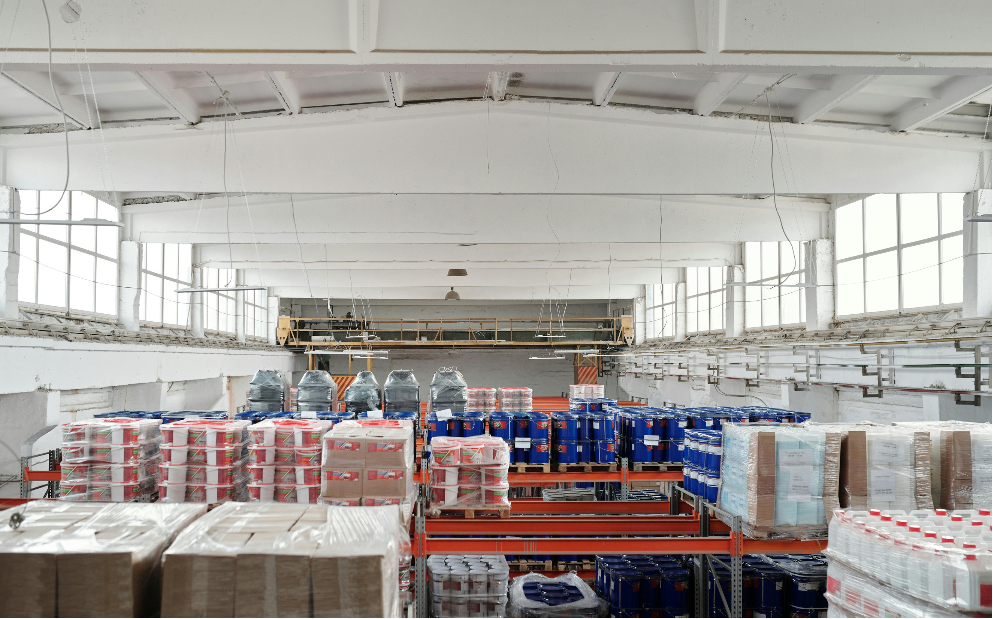Bangladesh’s apparel industry is celebrating a strong start to 2025 after newly released data shows a 25.3% rise in exports to the European Union during January to April, making it the fastest-growing supplier in the EU market this year. According to Eurostat, Bangladesh shipped €7.54 billion worth of ready-made garments in the first four months of 2025. This marks a notable increase from €6.02 billion in the same period last year. The increase amounts to €1.52 billion, surpassing growth seen by major exporters like China, India, and Turkey. Notably, Bangladesh remains the second-largest supplier of apparel to Europe behind China, which delivered €7.88 billion during the same period—marking a 23.5% growth . Extraction by month reveals January saw a massive 60.9% surge, with February–April growth slowing but still impressive at 28%, 18.6%, and 6%, respectively. This growth reflects Bangladesh’s ability to capture shifting orders from higher-cost producers. The newly elected BGMEA president, Mahmud Hasan Khan Babu, attributed the performance to shifting orders from China and rising manufacturing capacity in local factories. However, he also emphasized logistical challenges—such as unstable gas supply—as areas needing improvement to ensure sustained performance. This strong export trend merges the Apparel (Core) and Trade (Core) sectors with Logistics (Other)—highlighting the role of smooth transport and supply chains in supporting industry growth. Better planning and infrastructure will help maintain the momentum and support factory growth targets. Industry analysts say this trend positions Bangladesh favorably for the rest of the year. As European brands pursue alternatives to traditional suppliers like China, Bangladesh’s mix of capacity, competitive pricing, and quality standards could attract more orders—potentially leading to double-digit growth through 2025. To support this expansion, exporters are urging government and private investment in cold logistics, energy reliability, and port capacities—areas that logistics leaders agree must catch up to production capabilities. With EU apparel imports up 15.7% overall, Bangladesh and China together account for more than 70% of that growth, signaling reliance on South Asian capacity. In summary, the 25.3% increase in EU apparel exports is a major win for Bangladesh’s garment industry. By combining strong factory output with improved logistics, the sector is well-positioned to continue its global rise—bringing more jobs and growth to the country.
Bangladesh’s Apparel Exports to EU Surge 25.3% in January–April
36


